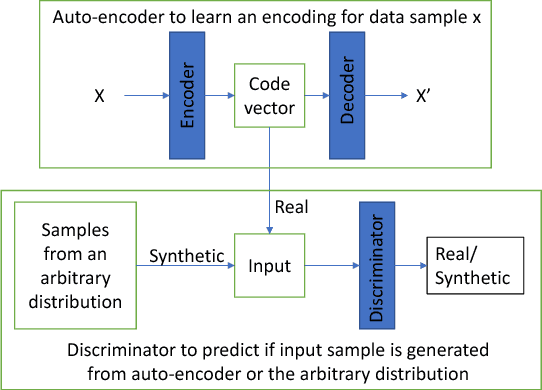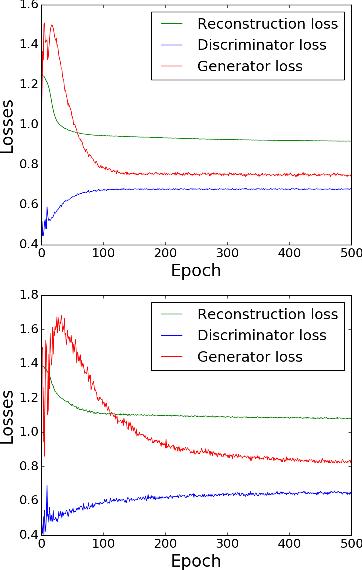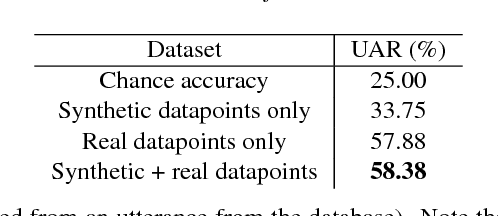Adversarial Auto-encoders for Speech Based Emotion Recognition
Paper and Code
Jun 06, 2018



Recently, generative adversarial networks and adversarial autoencoders have gained a lot of attention in machine learning community due to their exceptional performance in tasks such as digit classification and face recognition. They map the autoencoder's bottleneck layer output (termed as code vectors) to different noise Probability Distribution Functions (PDFs), that can be further regularized to cluster based on class information. In addition, they also allow a generation of synthetic samples by sampling the code vectors from the mapped PDFs. Inspired by these properties, we investigate the application of adversarial autoencoders to the domain of emotion recognition. Specifically, we conduct experiments on the following two aspects: (i) their ability to encode high dimensional feature vector representations for emotional utterances into a compressed space (with a minimal loss of emotion class discriminability in the compressed space), and (ii) their ability to regenerate synthetic samples in the original feature space, to be later used for purposes such as training emotion recognition classifiers. We demonstrate the promise of adversarial autoencoders with regards to these aspects on the Interactive Emotional Dyadic Motion Capture (IEMOCAP) corpus and present our analysis.
 Add to Chrome
Add to Chrome Add to Firefox
Add to Firefox Add to Edge
Add to Edge